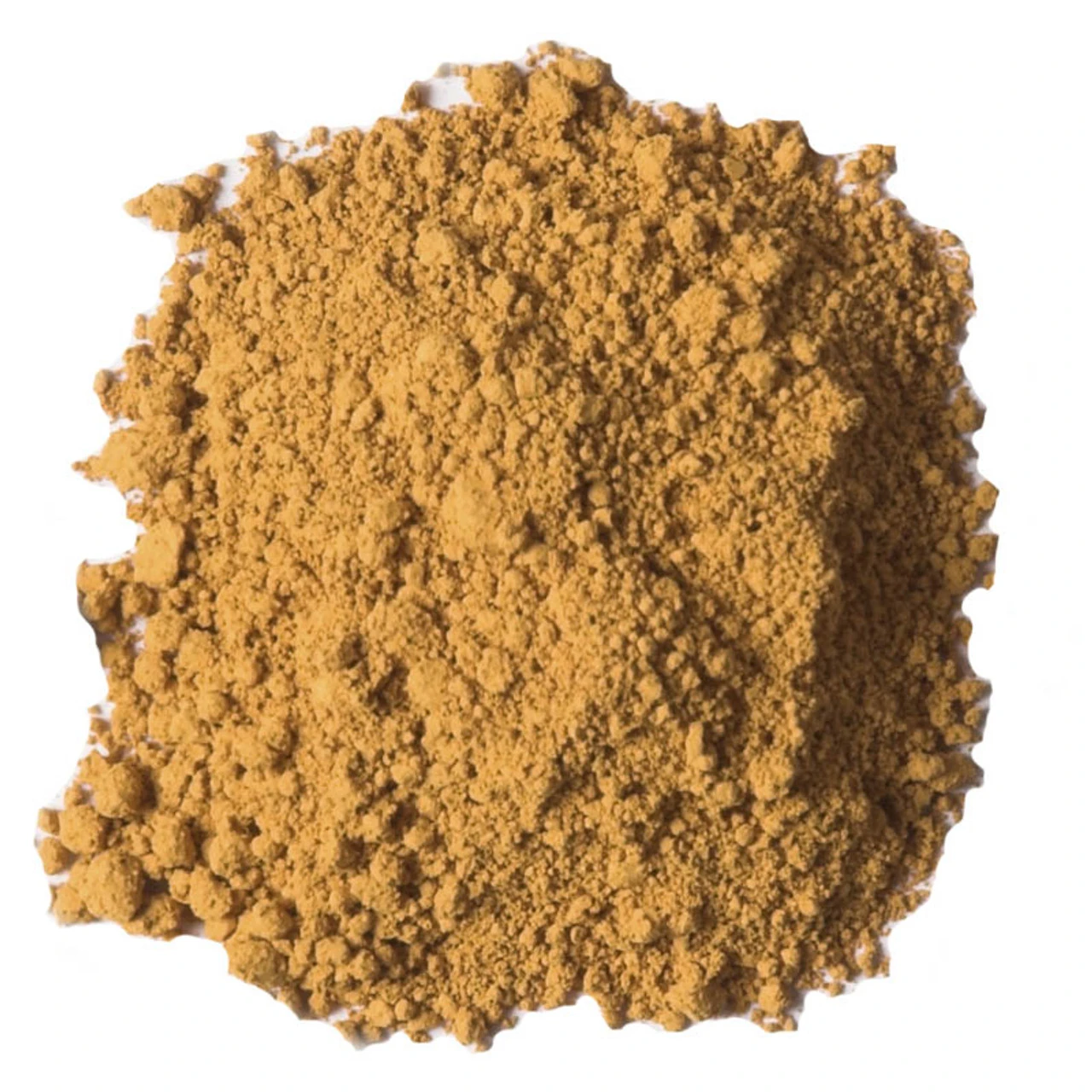Sodium Formate
|
IUPAC Name |
: Sodium Methanoate |
|
Cas Number |
: 141-53-7 |
|
HS Code |
: 2915.12.00 |
|
Formula |
: HCOONa |
Basic Info
|
Appearance Name |
: White Powder |
|
Common Names |
: Sodium formate |
|
Packaging |
: 25 Kgs Net PP Woven Bags, 1200 Kgs Net PP Jumbo Bags |


.webp)



 English
English
 Indonesian
Indonesian
 简体字
简体字
 العربية
العربية
 Español
Español
 Français
Français
 Português
Português
 日本語
日本語
 한국어
한국어
 Tiếng Việt
Tiếng Việt
